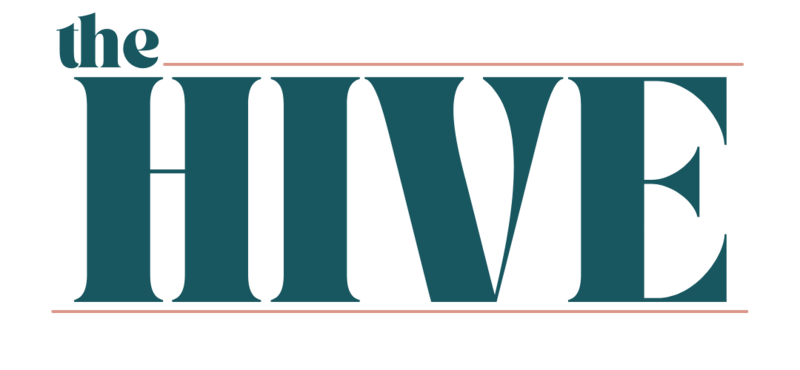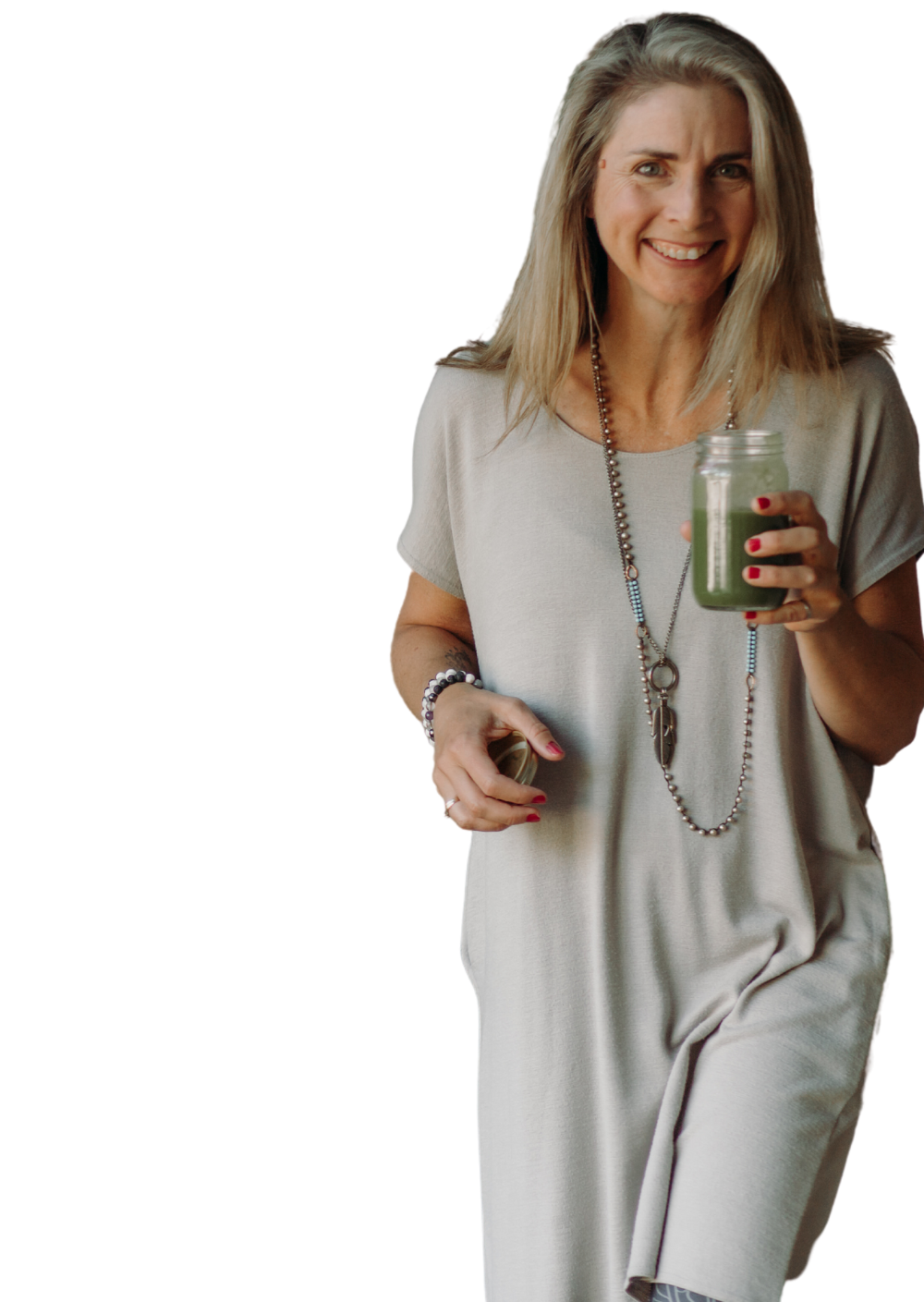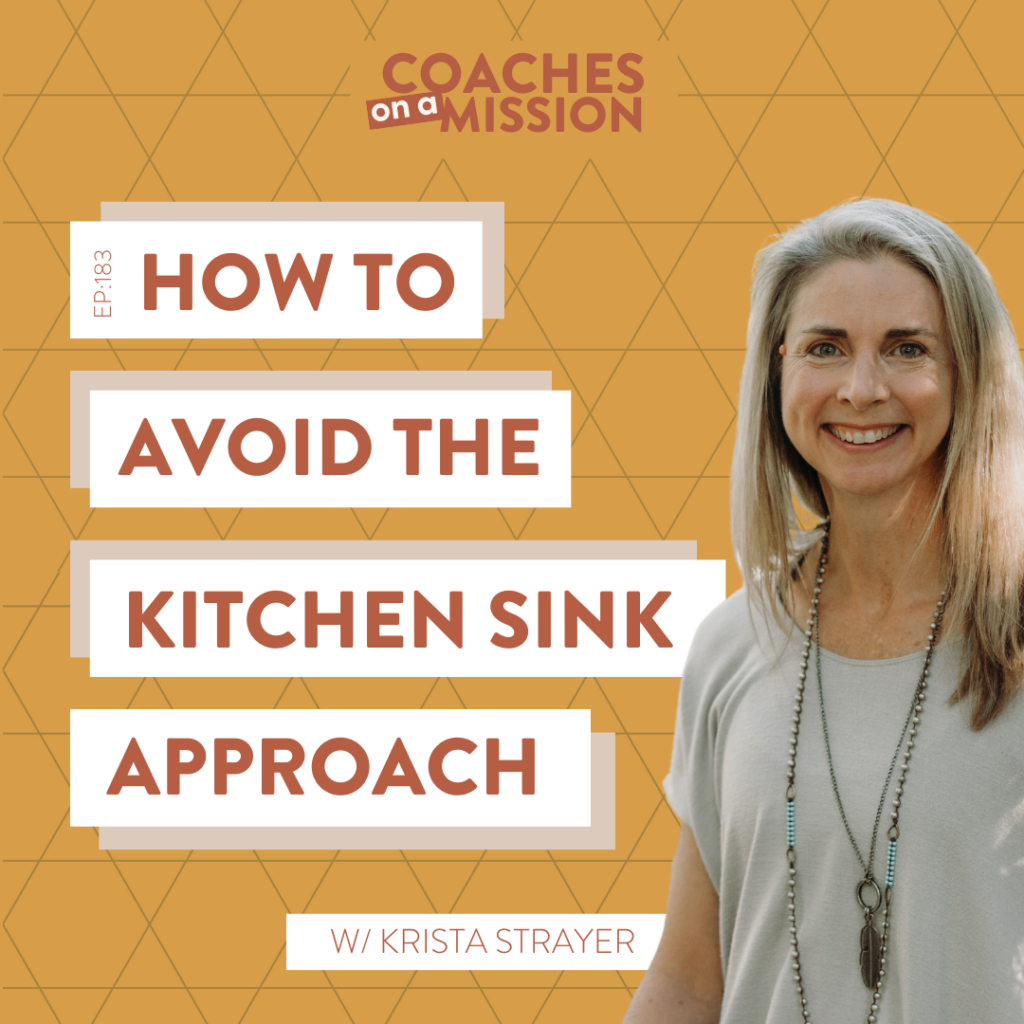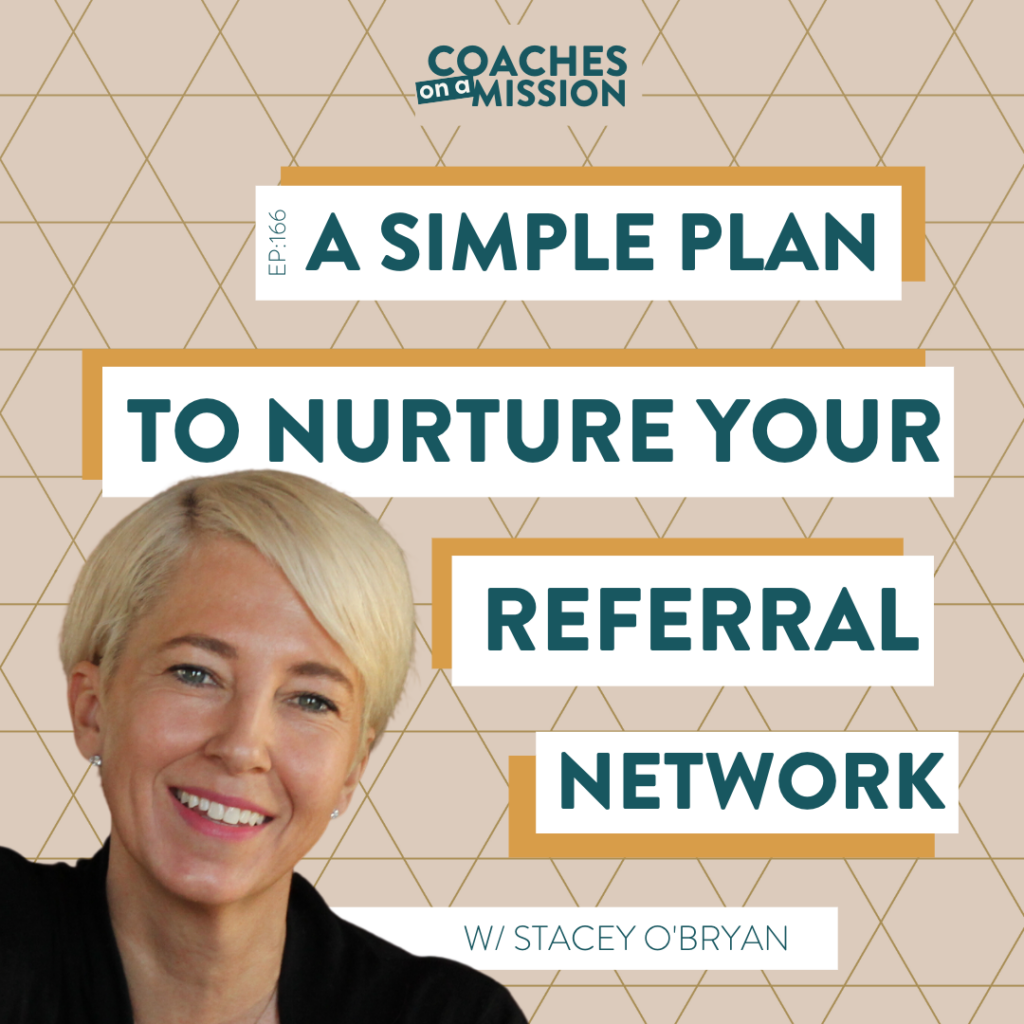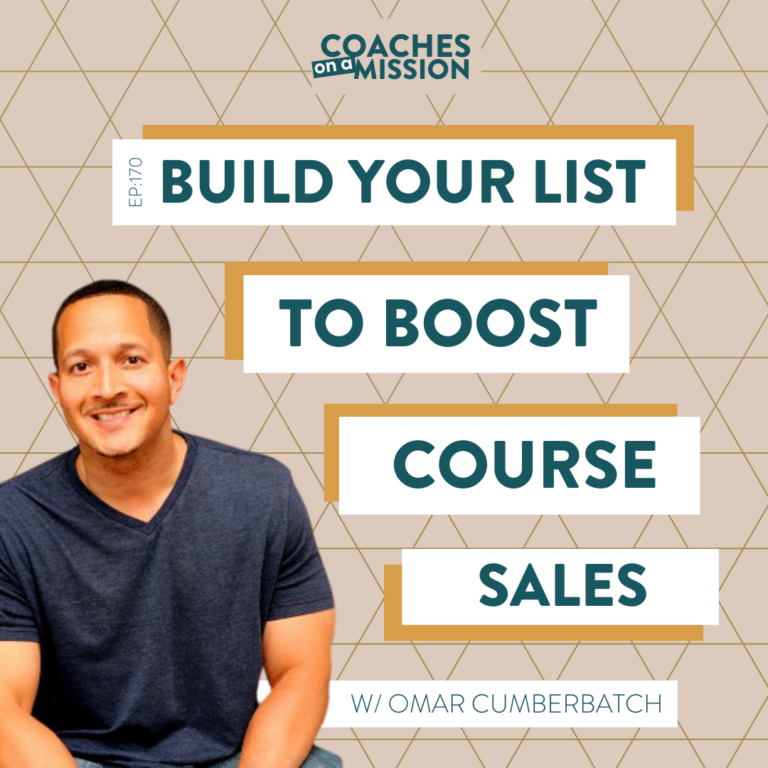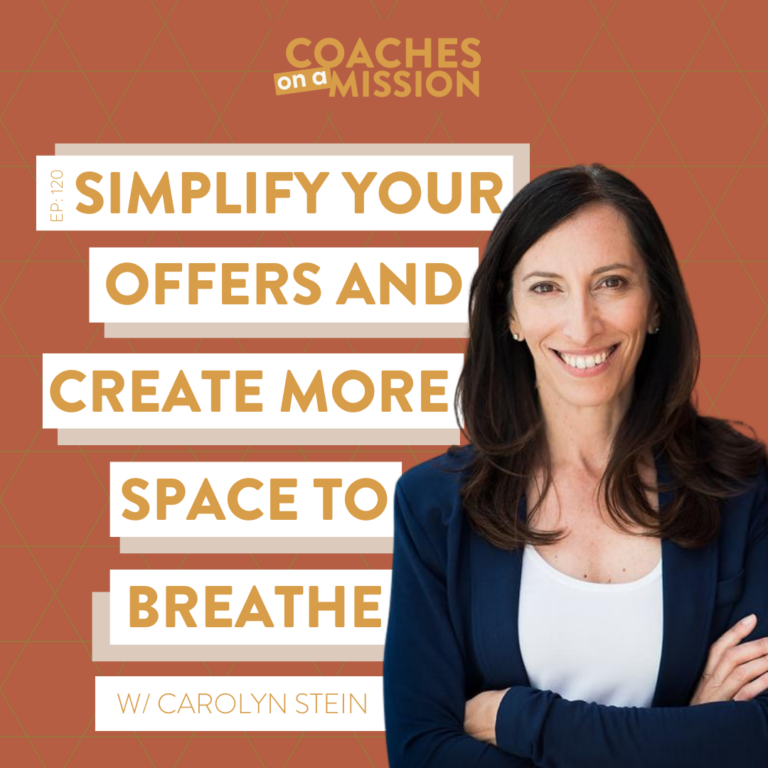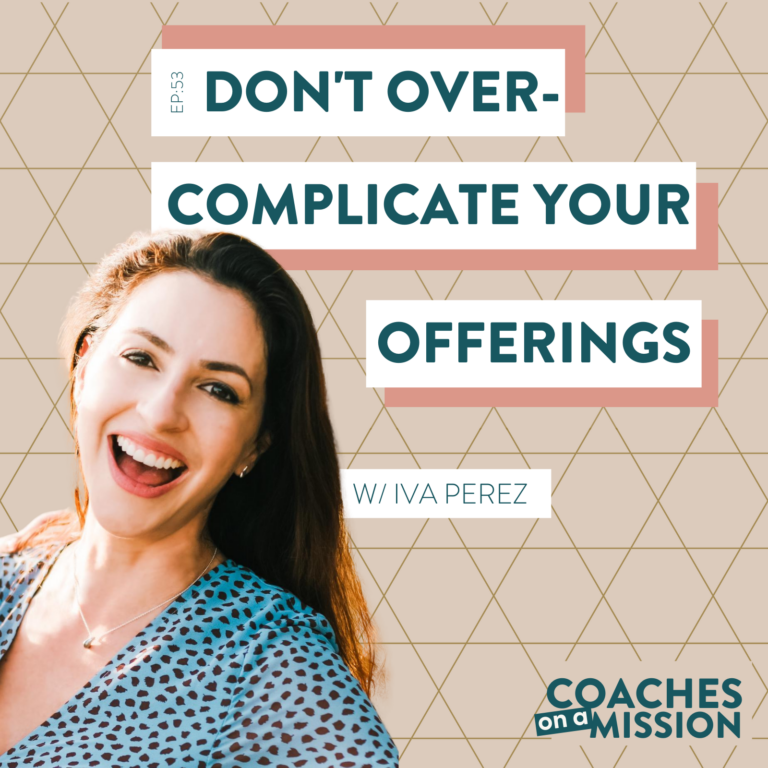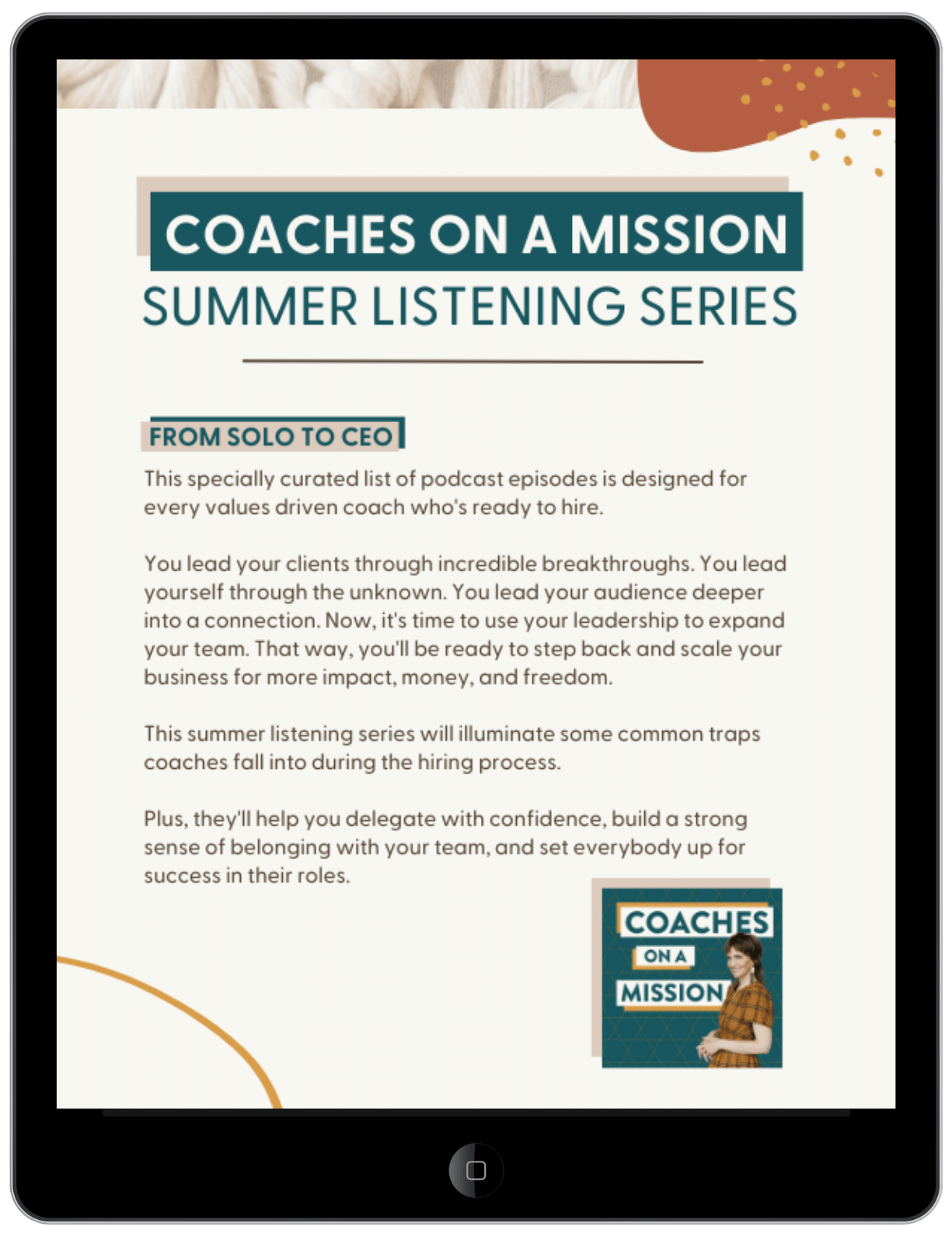Simplifying Your Customer Journey
I’ve been working with Krista Strayer, an Ayurvedic health coach, for over 90 days now and it’s been a blast getting to know her business. Today, we’re tackling a common issue she faces: how to avoid the kitchen sink approach and streamline her launches.
Krista serves a variety of clients and wants to simplify her business model and has two main client types:
- Product Users: These clients use doTERRA products and need guidance on maximizing their benefits.
- Go Deeper Clients: These people are either facing health challenges or are really interested in diving deep into Ayurveda and other holistic practices.
Krista offers various ways to help her clients, including private coaching, group sessions, and a comprehensive course that covers Ayurvedic practices and seasonal cleanses. Our goal is to streamline her process so she can better manage her time and help her clients more effectively.
Let’s simplify and integrate these services to avoid overcomplicating things and ensure everything’s clear for both Krista and her clients.
Using Seasonal Events To Attract And Engage Clients
Krista can avoid the kitchen sink approach by using seasonal cleanses as a way to boost her client base and keep everyone engaged. Seasonal cleanses can serve as quarterly list-building events that are free and open to everyone – clients, product users, and the public. It’s a great experiential marketing strategy, especially for those who’ve never worked with her before.
Think of it as a top-of-funnel tool where new folks can get a taste of your offerings while current users re-engage and deepen their product knowledge. For existing clients, it’s an extra perk to enhance their experience and retention. This strategy builds routine content every season, starting with promoting the cleanse, just like a five-day challenge.
Deciding whether these cleanses should be free or paid depends on your goals. A free cleanse can attract more participants and potentially convert them into paying clients down the line. A paid cleanse, on the other hand, ensures that participants are more invested and it can be designed for immediate revenue generation. Starting free might be the best way to test what works for you and tweak the strategy as needed.
Simplifying Your Coaching Approach
We often overdeliver because we want to help so much. But our top goal at the start should be making people feel capable. Don’t give them everything – avoid the kitchen sink approach. Keep things simple, even for your paid clients.
Every season kicks off with a free intro event. This helps build your list and add value to your product and coaching clients. Sometimes, offer an upsell. Simplifying things ensures people feel successful by the end.
For longer free events attrition happens, so keep them short. Take the Ayurveda Summer Spa as an example. Start with a simple milestone in week one. Maybe focus on spa-like activities that gradually lead to a deeper experience.
Ask yourself: What’s the promise at the end of this event? What will people have in their hands? Answering this helps simplify and clarify your events.
We’ll need to fine-tune the seasonal cleanse approach in coaching calls. But you can use a prep week and position these activities as the start of something bigger. This sets the stage for a successful and engaging experience.
Simplifying The Customer Journey
Think of your customer’s journey like a ladder. Inside the Hive, members move from unaware to solution-aware. At the bottom, they don’t know or just accept their pain. Then, they become aware there’s a problem they might not have to live with. Finally, at the top, they find solutions and invest in them.
Avoid the kitchen sink approach and keep things simple. Imagine two ladders stacked on top of each other. The first ladder is for product users. People come in and start with products, and some stay there. Others move up to using Ayurvedic practices. Krista has been trying to jump steps, asking people to engage with oils at a high level right away. This can feel overwhelming. Instead, let’s recognize that everyone starts at the bottom, taking one step at a time.
Think about your experience. Krista began with essential oils for simple needs, like sleep. It evolved one step at a time, even with a health coach. The first step is awakening to essential oils’ power. This step doesn’t need details – just simple awareness. For instance, using lavender to heal a cut, or as a remedy for a headache.
Related content can be tips and recipes, like using essential oils in a first aid kit, or as natural bug spray. These everyday uses can fill in the bottom of the ladder, making the journey approachable and clear.
Avoid The Kitchen Sink Approach For Essential Oils
We talked about how making educational content is easy. A great way to engage people is through what Brandon Lucero calls a thought reversal. Here’s how it works: for example, if you think DEET bug spray is a must, here’s why that’s not so great and what you can use instead, like lavender oil. Suggest alternatives they can try immediately and offer ways to get the best quality.
Once they’re interested in essential oils, they’ll want to explore further. The next step often involves supplements. Essential oils might feel like a quick fix, but our bodies need a range of micronutrients to truly heal. So, after discovering essential oils, they might look into supplements and non-toxic products.
To make content more engaging, I suggest highlighting specific studies or data points. Instead of broad research, focus on one symptom or a specific piece of data. This micro approach helps people feel capable and avoids overwhelming them. For example, share a study about how essential oils benefit dogs, and include a personal touch to keep it relatable.
Start simple with recipes and practices. Then, dive deep into the science behind products and supplements to help people understand how to use them effectively.
The next step is integration. It’s about developing habits and syncing with natural rhythms. Think of using oils as triggers for daily routines, like meditation or drinking water. This helps transform simple oil use into a lifestyle.
Highlight turning essential oils into top-shelf solutions for foundational health. By making essential habits intuitive and easy, we guide listeners on a journey from learning the basics to fully integrating essential oils into their daily lives.
Step-By-Step Client Journey
To avoid the kitchen sink approach, break down the client journey into a clear, four-step ladder. First, clients discover essential oils. They start as product clients and stay here on the first two rungs. Moving up, they get into integration and embodiment, transitioning into coaching clients.
Public content should focus 80% on products, supplements, and essential oils, and 20% on integration. For private clients, a 50-50 mix will do. Use simple, accessible content for public-facing pieces, and more in-depth, Ayurveda-focused content for paying clients.
It’s about guiding them from easy habits to deeper, more comprehensive practices. Keep things light and approachable. Break it down and let clients climb the ladder step by step.
How To Simplify And Streamline Your Launches
In this podcast episode, we dive into the concept of avoiding the kitchen sink approach when promoting your coaching business. Instead of overwhelming your audience with too much information about Ayurveda or coaching, focus on addressing their problems and offering solutions.
We discuss a systematic approach to launching your services. For example, before a fall cleanse starting October 1, we suggest shifting your content to relevant autumn topics by September 1. This gets your audience excited and ready. A week before, start promoting a free event, leading them into your paid offerings.
This method applies every quarter and makes content creation easier. Your cleanses and seasonal events serve as the backbone for your marketing efforts, so you always know what to focus on next.
Remember, your aim is to create a structured and simple funnel that repeats every season, helping potential clients understand the benefits and solutions you offer without needing to grasp the details of Ayurveda or coaching in advance.
To get all the insights and detailed steps on how to avoid the kitchen sink approach in your coaching business, make sure to listen to the full podcast episode. It’s packed with practical tips and strategies to streamline your launches and engage your audience effectively. Don’t miss out!
